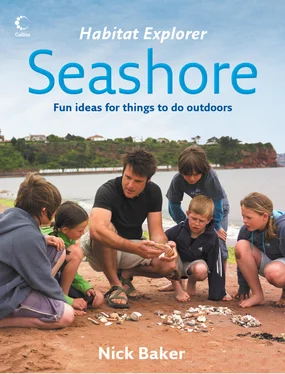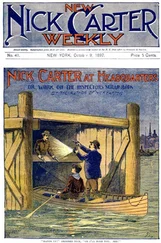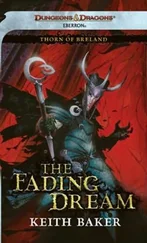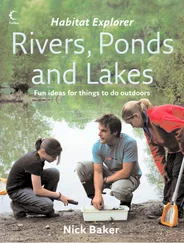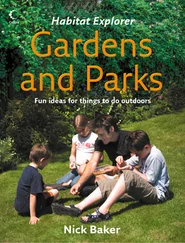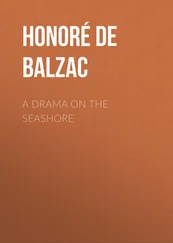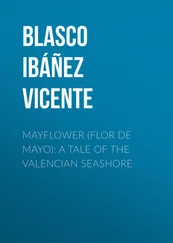For my Dad. Many adventures were had on the beaches, cliffs and mud flats of the Isle of Wight. It was armed with shrimping net, mask and snorkel that I had my first real adventures.
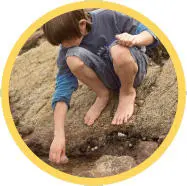
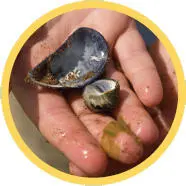
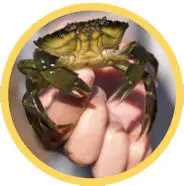
Cover
Titlepage
Dedication
The seashore
Life in stripes: zonation
Timetables of the tides
Handy stuff for exploring with
Rock pools
Handy stuff: mirror on a stick
The baiting game
Handy stuff: scavenger trap
Marvellous molluscs
Shell collecting
See inside a sea shell
Handy stuff: underwater window
Snorkelling for softies
Blobs!
Crab hunting
Crab catching
Handy stuff: plankton net
The fine, fiddly and frail
Sandy shores
Beachcombing
Catching sand-living creatures
Handy stuff: burrow box
Studying seaweeds
Preserving your seaweeds
Sand hoppers
Estuaries
Mud lovers
Grasping the razor
The tray of revelations
Shrimps and prawns
Cliffs
See sea birds
Fossil hunting
Sea watching
Going Further
Index
Author’s Acknowledgements
Keep Reading
Copyright
About the Publishers
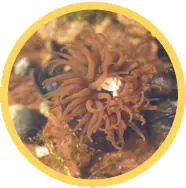
Lots of good things happen in nature when one thing meets another. These can be times of the day – for example, at twilight and dawn when night meets the day – or times of the year, when spring transforms into summer. Or they can be physical things, such as where a beach merges into another habitat, like the open sea.
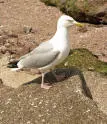
To naturalists, these times and places of transitionare well known as they can concentrate periods of activity, making certain creatures easier to see. When spring finally arrives, we get a sudden rush of frenzied activity, birds sing, frogs spawn and flowers bud, and where one habitat blends into another, you often get a special kind of ‘edge’; a place that is inhabited by life from both places.
In this book, we explore the seashore,a habitat that is probably one of the most exciting places a naturalist will ever get to explore and certainly one of my favourites. It is a unique place, a fringe of both the sea and the land, a narrow ribbon between the great ocean and the land mass against which it laps, as well as a junction between both of these and the air. Add to all this the daily effects of the timetable of the tides and the seasons and you have quite a lot of ‘edges’, each bringing its own survival challenges for the creatures that live there.
To help you get straight to the most useful sections of the book,depending on whether your toes are sinking into soft sand or being prickled by barnacles, the seashore habitat is broken down still further – into rock pools, sandy shores, estuaries and cliffs. But do not restrict yourself to these sections as there are no hard and fast definitions of each. For example, the beach you are on may be predominantly covered in rocks but there may be sandy stretches. Or there could be an estuary at one end of the beach, so there will be some overlap between each of the different habitats and the things you can do there.
I don’t set out to tell you everythingthere is to know about this wonderful habitat. Not only would that be impossible, but just to get close would make the book so heavy you wouldn’t stand a chance of getting it in your beach bag! So Seashore simply aims to kick start you in the right direction, opening a door onto a very special, exciting habitat and a lifetime of exploring. Go and stick your head in a rock pool!
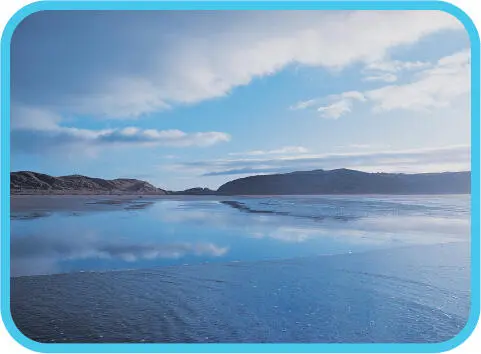
The muddy ooze of an estuary is far from dreary – it is full of surprises.

There is nothing like the nooks and crannies of a good rock pool.
Playing in the sand isn’t all about sandcastles.
A puffin enjoying his view!
Life in stripes: zonation
Look at a rocky shore from the top of a cliffor walk from the strand line towards the sea and you cannot help but notice bands of different colours and textures that run up and down the beach. These bands represent where on the beach certain plants and animals live, and it is clear that life is not scattered randomly all over the shore. Certain species that cannot move about freely, such as barnacles and seaweeds, live in very specific places and this is a reflection of what conditions they can tolerate between the tides.
These stripes are known as zones and all coasts have them,but they are much more obvious on rocky shores. There are four main zones – the splash zone, the lower shore, the middle shore and the upper shore – and each one is determined by how much time they spend getting wet every day between the high and low tides. Page 8tells you how the tides change every day and throughout the year, and also the cycles of the Sun, Earth and Moon.
The best way to get to know the zones is by creating a simple beach map.This exercise is a very useful way to start to get to know the life between the tides, and you also start to see just how different life is in each zone.
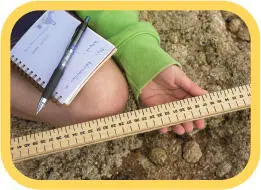
To get a good picture of the beach, survey it at low tide. Stretch a ball of string from the top of the beach to the sea. Then for every metre of its length, write down what you see in a note book. Are there barnacles? Are there limpets? What colours and different kinds of seaweeds can you see? Try to identify as much as possible from a good field guide.
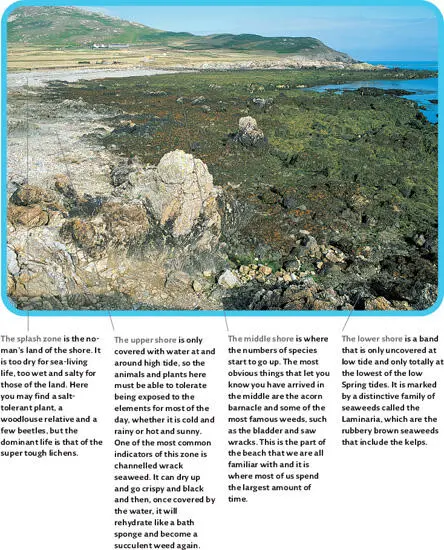
The tide – that’s the rise and fall of the ocean– pretty much shapes life on the shore and affects how it behaves at certain times. Many shore creatures have life cycles tied in with these pulses of the ocean and the tide also affects how and when we can explore the shore. So just a little understanding of this will add another dimension to your activities and avoid disappointment. It will also help you to avoid getting trapped by an incoming tide.
Читать дальше
